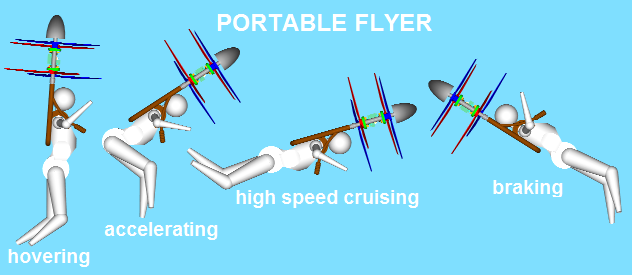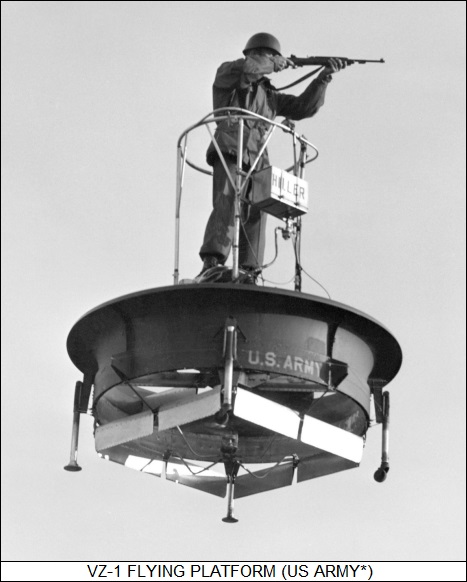Hello Gruntguru
"Amazing" video, indeed.
They wanted to show something, but then they decided to not show it.
The following "rotary valve article / story" is from the page 151 of this thread.
Quote from
https://markwalkermotorcycles.com/ :
 Mark Walker:
Mark Walker:
“In the early 90’s I was travelling back from a Canberra Drag race and pulled into Bundanoon, I met a bloke in the bar, and he asked me what I had in the trailer, I said “My drag bike, a home built 2lt V-Twin” and he was very interested in my work and he happened to mention he was into Hot Rods and he said he had an unusual head at home, he said it had a cylinder in it, rotating and no valves, and I nearly dropped my coffee on the floor because at the time, I was building my own wooden models to build my own rotary valves,
so as you can imagine I was so keen to look at what this piece was,
so I followed him back to this old falling down weather board cottage, the house was chock with car parts and all around the yard and he directed me down to this old shed and he got up on an oil drum and lifted down this head wrapped in a blanket and he unfolded the blanket.
I wasn’t imagining much, but I went wobbly as it was a genuine Dunstan Rotary Valve, made in Melbourne by Dunstan himself, stamped no 29.
This changed my whole concept of cylinder heads, it was a cast aluminium head, water-cooled with a beautifully cast iron rotor cylinder down through the centre of it with slots both sides for the ports and floating bronze seals.
Since that awakening I have learn’t alot about
David Dunstan and his heads.
The type of head I am using on Big Ned is a Roland Cross design valve, he started his work in the early 20’s in England.

2 Great Pioneers :
Roland Cross and
Aspen which you can research yourself.
I have spent my life working on, modifying and building Poppet Valve engines and then converted over to a new religion… “Rotary Valves”. When you realise the advantages of a Rotary Valve over a Poppet Valve are staggering…. They are an addiction.”
PS.
Still waiting for a reply on the stability of the Portable Flyer as compared to the Gen H-4.
Thanks
Manolis Pattakos




